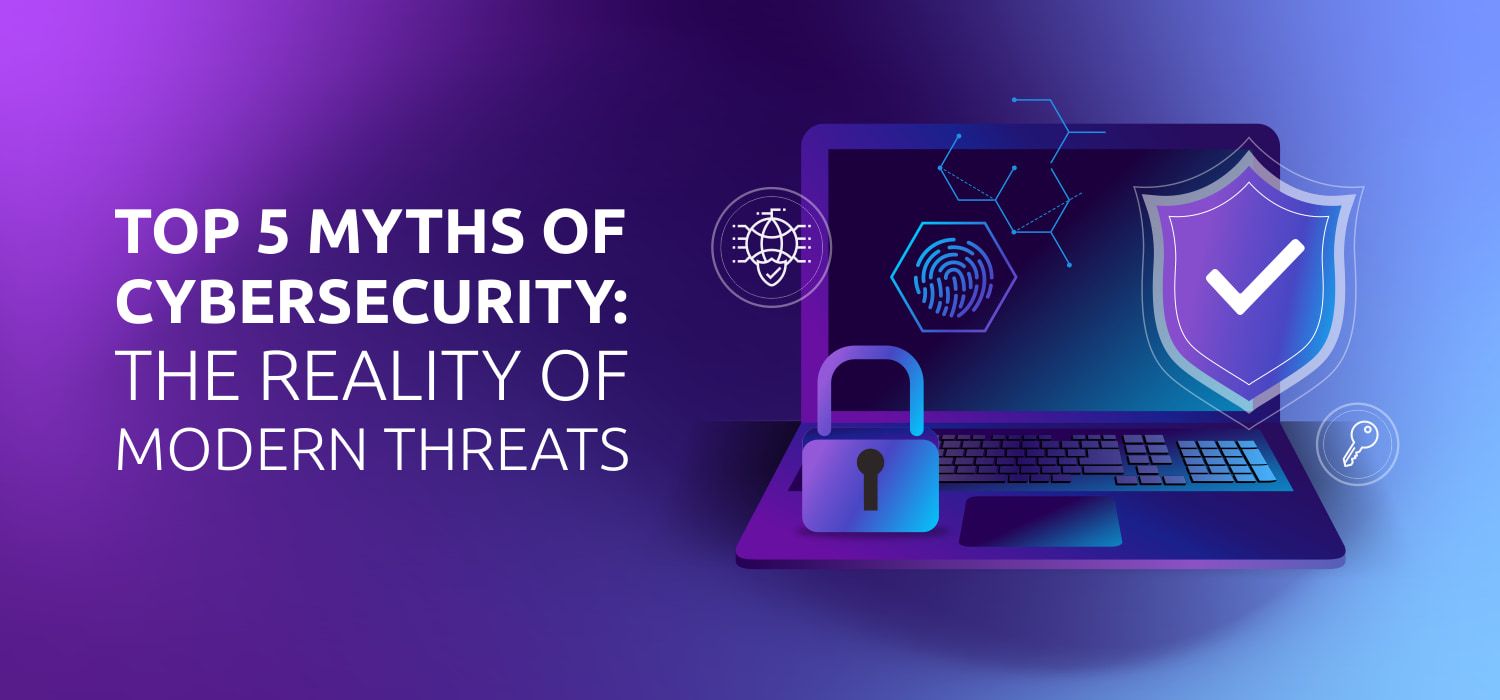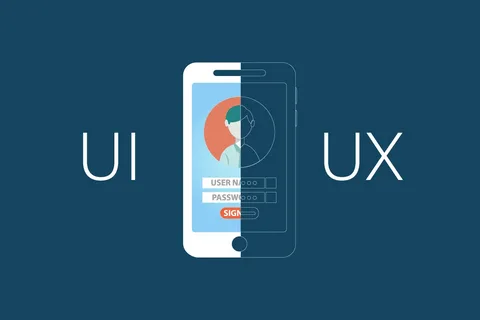Unmasking the Top 5 Myths of Cybersecurity in 2024

According to Cybersecurity Ventures, the global cost of cybercrime will reach $9.5 trillion in 2024. Cybercrime, if it were a nation, would have the world’s third-biggest economy, behind only the United States and China.
As a result, in an age of prevalent hacking, ransomware, and internet crimes, everybody needs to know how to follow some fundamental cybersecurity ethics. However, there are still prevalent myths and misconceptions regarding these digital threats, notwithstanding awareness.
Such misconceptions could cause people and organizations to be ill-equipped to deal with the dynamic terrain of constantly evolving cyber threats in space. Through clarification of the top five cybersecurity misconceptions, this blog concludes that cybersecurity requires common sense, vigilance, and ethics for cybersecurity professionals to ace their jobs.
Myth 1: Only Technical Skills Are Important in Cybersecurity.
This is one of the most common myths revolving around cybersecurity. People believe that cyber security belongs to only highly intellectual people—those who are capable of interpreting highly complicated code, detecting the most elaborate cyberattacks, and even participating in hacker duels. As per the report by CyberNews, whether it’s via a messaging app, a social networking site, or a game, 85% of mobile phishing attacks are executed using social engineering methods instead of technical skills.
Rather than deep technical knowledge, defending against these threats requires alertness, risk management, familiarity with regulations, and, perhaps most importantly, common sense. The human element lies at the core of these attacks, and understanding the psychology behind them is paramount to achieving a successful cybersecurity career.
Myth 2: Cyberattacks Are Only a Concern for Businesses.
A common misconception is that cybercriminals exclusively target businesses or affluent individuals. According to Security Magazine, there are over 2,200 cyberattacks daily, or one every 39 seconds. These attacks aim to extract sensitive information, which can be exploited to gain unauthorized access to personal computers or online accounts. Other common threats directed at individuals include deploying viruses, spyware, and keyloggers, all designed to steal personal data, such as passwords, credit card information, or bank account details.
Additionally, there’s an emerging threat that frequently targets individuals—botnets, which are often taught in the curriculum of the top cybersecurity certifications. These involve hackers commandeering numerous computers to harness their collective computing power for activities like cryptocurrency mining. It’s crucial for everyone, not just businesses, to be vigilant and educated about these threats.
Myth 3: The IT Department Is Solely Responsible for Cybersecurity.
In the past, many employees used to rely on their organization’s IT department to handle cybersecurity matters entirely. However, with the evolving nature of cyber threats, this perspective is outdated and risky. According to Gartner’s projections, in the upcoming two years, 70% of boards will include at least one member with domain experience. This allows businesses to go beyond only defending themselves in the event of an attack and instead make use of the possibilities that come with being prepared.
Moreover, rank-and-file employees should have a good understanding of everyday cybersecurity practices, such as recognizing and avoiding phishing attacks, using strong passwords, and ensuring data security when working remotely. Everyone plays a part in maintaining the digital security of an organization, and shared responsibility is key to a strong defense against cyber threats.
Myth 4: Only Good Passwords, Firewalls, and Antivirus Software Will Do the Job.
While strong passwords, firewalls, and antivirus software are important pillars of cybersecurity, it’s a common misperception that these alone can guarantee safety. Think of them as the front door, walls, and guard dog of your digital house, respectively. They form the basic building blocks of technical security but are not foolproof.
Cyber attackers employ various methods, such as brute force attacks and social engineering, to bypass seemingly secure passwords. This is where additional security measures like multi-factor authentication (MFA) become essential for cybersecurity professionals. Firewalls, though vital, are not invulnerable and must be constantly monitored for breaches and kept up-to-date. Antivirus measures, too, must be frequently updated to protect against newly emerging threats.
Myth 5: Cyberattacks Are an External Threat.
The media often highlights cyberattacks as the work of external criminal groups targeting victims from a distance. However, according to research by the United States Cybersecurity Institute (USCSI®), this focus obscures the fact that internal threats account for a significant portion of cyberattacks.
Insiders, such as employees or contractors, inherently possess a level of trust within organizations, along with knowledge of internal systems and processes that can be exploited to bypass security measures. Addressing these threats can be a delicate matter, as excessive monitoring and distrust within an organization can lead to consequences as damaging as a cyberattack.
Moreover, the shift to remote work during the pandemic has exposed organizations to a new breed of insider threats. Education, awareness, and a heightened sense of vigilance across the workforce are the keys to dispelling this myth and mitigating these internal threats.
Wrapping Up
By debunking these myths and fostering a culture of cybersecurity ethics, individuals and organizations can better prepare themselves to defend against the ever-evolving landscape of cyber threats. It’s a collective effort that requires ongoing education, vigilance, and recognition of the critical role each person plays in maintaining digital security.





